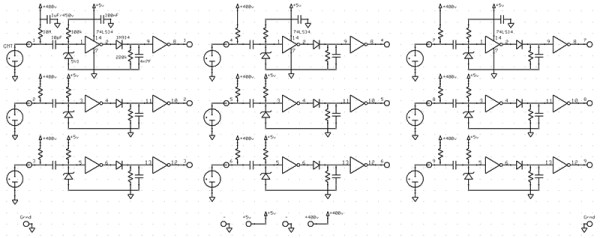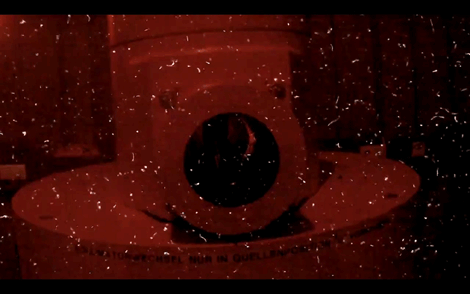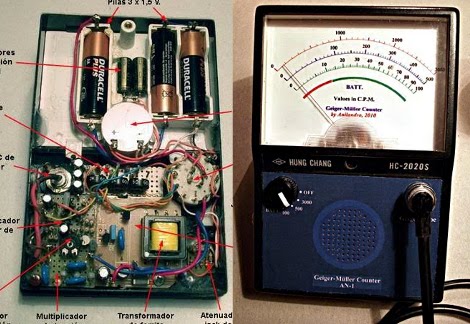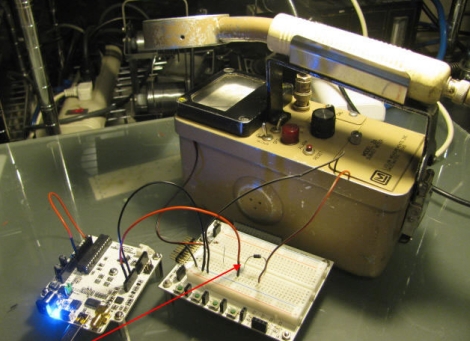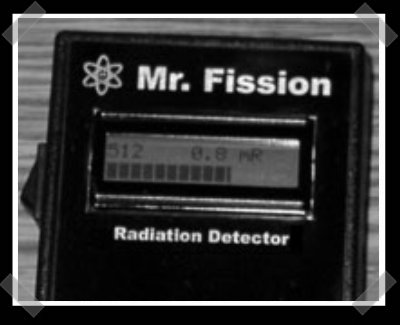What do you do if you have 18 Geiger tubes lying around? [Robert] had an interesting idea to build a cosmic ray detector and hodoscope to observe the path cosmic rays take while flying through his lab.
[Robert]’s cosmic ray detector works by detecting the output 9 Geiger tubes on the y-axis and 9 Geiger tubes on the x-axis with a coincidence circuit. When a cosmic ray flies through the detector, it should trigger two tubes simultaneously. By graphing which of the two tubes were triggered on an array of 81 LEDs, [Robert] not only knows when a cosmic ray is detected, but where the cosmic ray was.
The detectors do pick up a little background radiation, but thanks to [Robert]’s coincidence circuit, he can be fairly certain that what he’s recording are actually high-energy cosmic rays.
Before building the 9×9 hodoscope, [Robert] built a similar drift hodoscope that simply plots the path a cosmic ray takes through an array of Geiger tubes. You can check out videos of both these cosmic ray detectors after the break.
Continue reading “Detecting Cosmic Rays With 18 Geiger Tubes”

